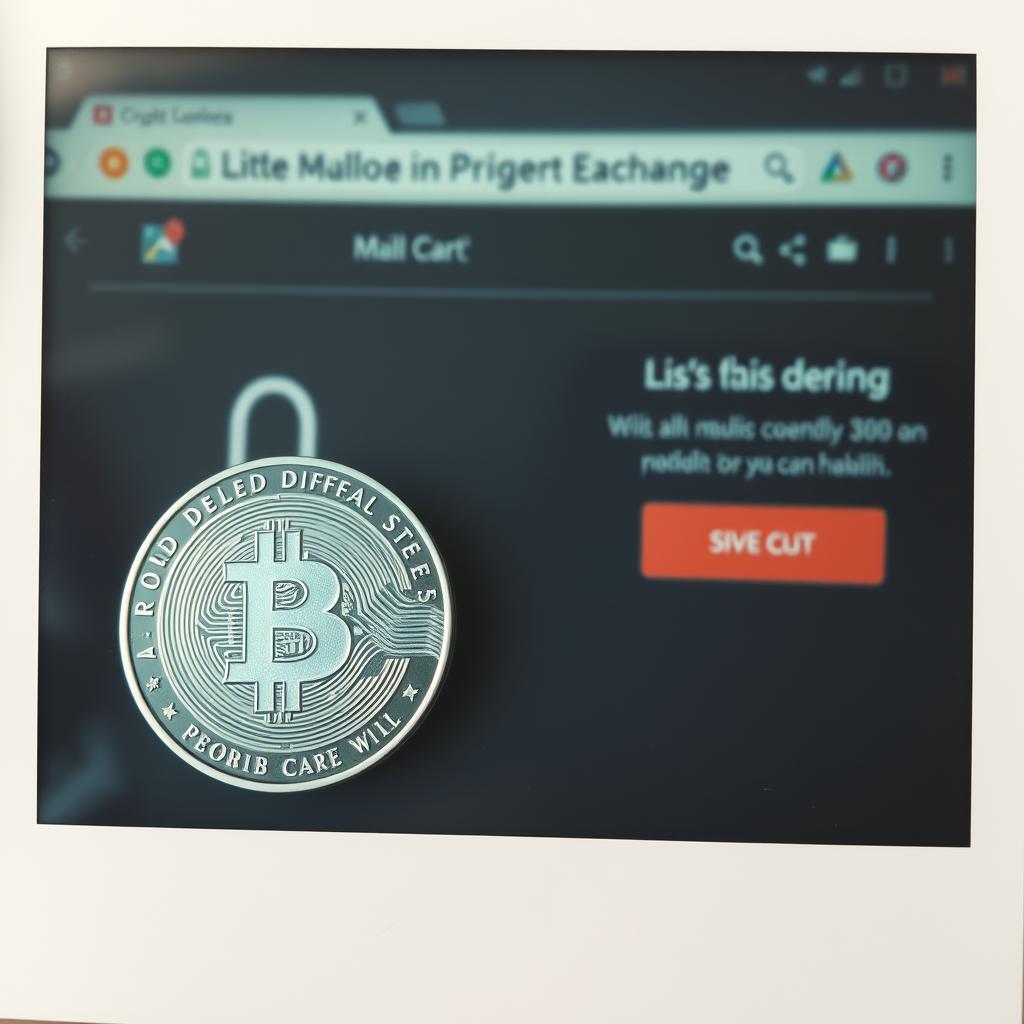BTC
$0.00
0.00%

In the first 2 months of 2025 alone, scammers lured about $100 million in cryptocurrency from their victims. The victims fell for the scammers' bait when trying to exchange their crypto assets for euros or dollars. There are many official websites on the Internet that provide cryptocurrency exchange services. But few people know that almost every official exchanger has clone sites. These are the so-called phishing, that is, fake sites that externally copy the design of the original site and differ only in one or two letters in the domain name. For example, an official site can be hosted on the domain intercambio-criptomonedas.com , and its exact copy is hosted on the domain intercambio-criptomonedas.net . Visitors cannot tell the difference and, when making an exchange, transfer cryptocurrency to the scammers' wallets. They, in turn, naturally do not return anything.
How do victims get to a phishing site?
Most often, they go to the exchanger's site from their email. They receive a letter from a supposedly real exchanger, saying that, for example, today the exchange rate is much more favorable than ever. People go to the phishing site, send their funds and lose them irretrievably.
Another popular method is Google advertising. Fraudsters create an advertisement for their exchanger. People click on it directly from the Google search engine and get to a phishing site. Of course, Google fights such sites, but only after numerous complaints. That is, in order for Google to take action and block a particular phishing site, the first victims must appear who complain to Google.
How to avoid becoming these first victims?
We highly recommend using either reliable services that host only trusted exchangers with a strong reputation or official, world-famous cryptocurrency exchanges. It is extremely important to go to the exchanger’s website not from email or from the Google search engine.